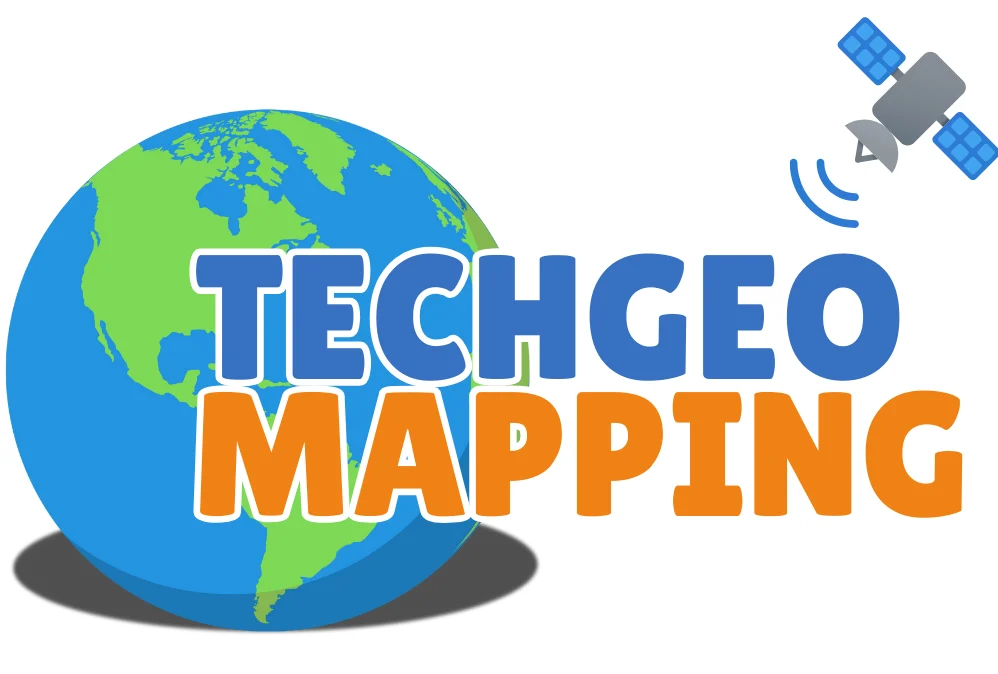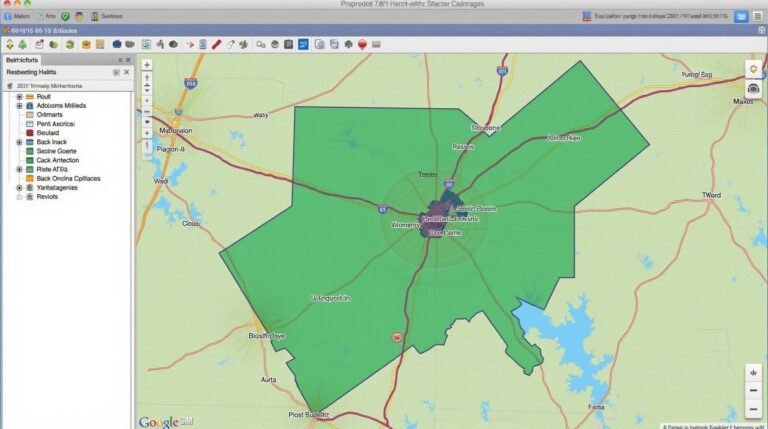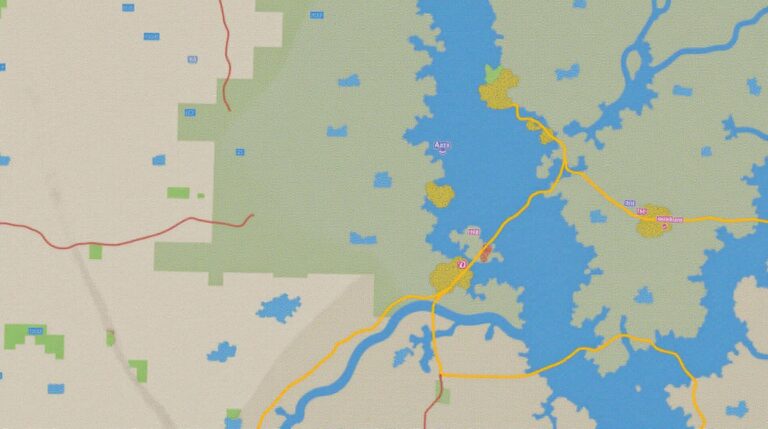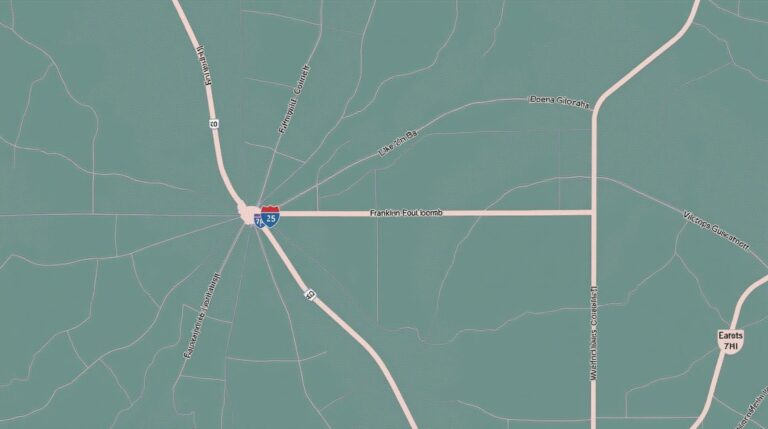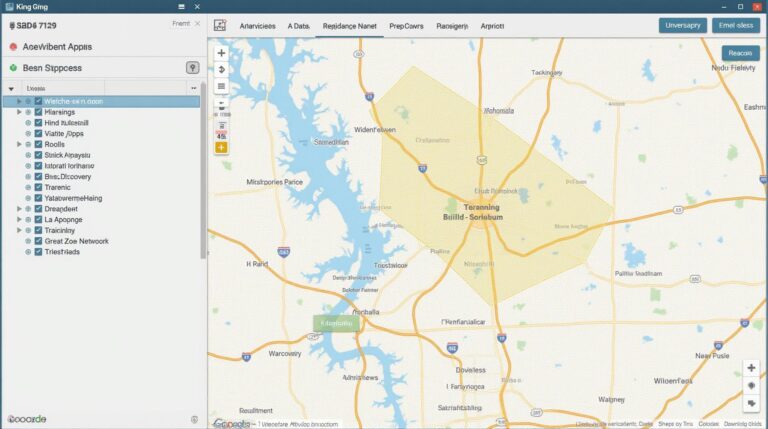Miami County GIS: Urban Planning Insights
Miami County GIS: Urban Planning Insights
Miami County GIS: Urban Planning Insights
Understanding the built environment within Miami County is crucial for navigating planning decisions. The Miami County GIS system acts as a powerful analytical tool, offering residents, businesses, and researchers an invaluable insights into the county’s urban fabric. This blog post will delve into the role of GIS data, explore practical uses, and point you to key resources you can leverage.
What is Miami County GIS?
Miami County GIS refers to a geographic information system that uses maps, data, and analytics to visualize and understand spatial information. This includes everything from locations of schools, healthcare facilities, parks, highways and even street segment information on roads. Key components include:
* **Spatial Data:** Provides maps, satellite imagery, aerial photographs, and lidar data for visual representation.
* **Geospatial Databases:** Stores detailed information about legal descriptions, addresses, parcels, infrastructure, and other relevant features within Miami County’s boundaries.
* **Software & Platforms:** Enables analysis and visualization through various applications, including ArcMap, QGIS, Google Earth, and Cesium.
Benefits of Utilizing Miami County GIS Data for Urban Planning
Mapping and visualizing data in GIS provides significant benefits for planning initiatives:
* **Data-Driven Decision Making:** Allows planners to visualize trends, analyze spatial patterns, and identify challenges or opportunities throughout Miami County. Data can be used to forecast urban growth, identify underserved areas, and assess potential impacts from infrastructure projects.
* **Improved Land Use Planning:** Spotting patterns in satellite imagery provide valuable insights for understanding current land cover, density distributions, and potential zones for residential, commercial, or agricultural development.
* **Efficient Emergency Management:** GIS helps model and prepare for disasters by identifying flood zones, assessing vulnerable populations, and identifying critical infrastructure locations.
* **Streamlined Public Services:** GIS data assists in locating public facilities, determining optimal routing for service delivery, and better locating utilities.
Accessing Miami County GIS Data
Miami County offers several online resources for accessing GIS information:
* **MiamiCountyGIS:** https://www.miamicountygis.com This official website for browsing maps, reports, and data sets is dedicated to showcasing the wider scope of data.
* **County Websites:** The Miami County website often publishes planning department data, in conjunction with external services like the LocalGovernmentPublicInfo website. This allows residents, businesses, and academics to understand the influence of the GIS layer on government initiatives.
* **Public Datasets:** Many counties like Miami will make public datasets available on platforms like Data.gov or ArcGIS Online. You can efficiently utilize these to incorporate into reports, presentations, and research about your findings.
Guidance for Utilizing Miami County GIS Data
6 Tips to maximize your understanding of the data:
1. **Be Open to Exploration:** Don’t just look at the data from a stand-point. Instead, see the data as a starting point for endless possibilities.
2. **Understand the Context:** Each visualization or map will hold a story. Familiarize yourself with the specific data sources and understand how they relate to other data sources.
3. **Ask Questions:** If you need more information about a specific mapping feature or data set, reach out to the Miami County GIS department or use the provided support functionalities.
4. **Start Small:** Focus on a specific application of the data and gradually expand your understanding of its capabilities.
5. **Collaborate:** GIS data is powerful when shared. Work collaboratively with your fellow planning professionals, implementers, or researchers.
6. **Stay Curious:** Always be open to learning new things and exploring ideas for utilizing Miami County GIS.
Conclusion
Miami County GIS provides a powerful platform for understanding the complex tapestry of Miami County. Whether you’re a resident, a planner, or researcher, this resource offers valuable insights and tools for navigating urban planning decisions. By leveraging the data, accessing the resources mentioned, and continually exploring new applications, you can gain a comprehensive grasp of Miami County’s urban landscape and contribute to its sustainable development.
Frequently Asked Questions
We strive to make accessing GIS data for Miami-County-GIS as straightforward as possible. Here are some answers to common questions about our resources:
Data Availability
Miami-County-GIS provides access to a wide range of geospatial data relevant to the County. Our data covers areas such as:
- Land use and land cover
- Aerial imagery
- Demographic data
- Road networks
- Parks and recreation areas
Data Formats
We offer data in various formats to suit your needs. Common options include:
- Shapefiles (.shp)
- GeoJSON (.geojson)
- Raster images (.tif, . imagens)
- Vector data interfaced with ArcGIS Desktop (.mxd)
Data Usage
You are welcome to utilize our GIS data for a variety of purposes, including but not limited to:
- Public land use planning projects
- Infrastructure evaluation
- Emergency response mapping
- Resource management and conservation
- Environmental monitoring
How to Download GIS Data
To download GIS data from Miami-County-GIS, please visit the following links:
For any questions beyond these typical uses, please contact us at gis@miamiCountyOhio.gov.
Why GIS Data is Crucial for Miami-County-GIS
GIS data empowers Miami-County-GIS to delve deeper into the complexities of our community and carry out essential tasks. It facilitates:
- Integrated resource management: GIS allows us to examine location patterns of amenities, activities, and facilities, focusing on efficiency and sustainability.
- Post-disaster response: GIS assists in identifying optimal routes for aid distribution, emergency evacuation areas, and areas requiring assistance.
- Planning and development studies: GIS supports informed decision-making in land use planning, infrastructure development, and community service delivery.
- Economic and educational initiatives: Data on demographic trends, educational resources, and other socioeconomic factors helps us target resources effectively and identify opportunities for improvement.
Through GIS data, Miami-County-GIS makes our community more connected, informed, and proactive in addressing today’s challenges and planning for a better tomorrow.
Check similar topics:
